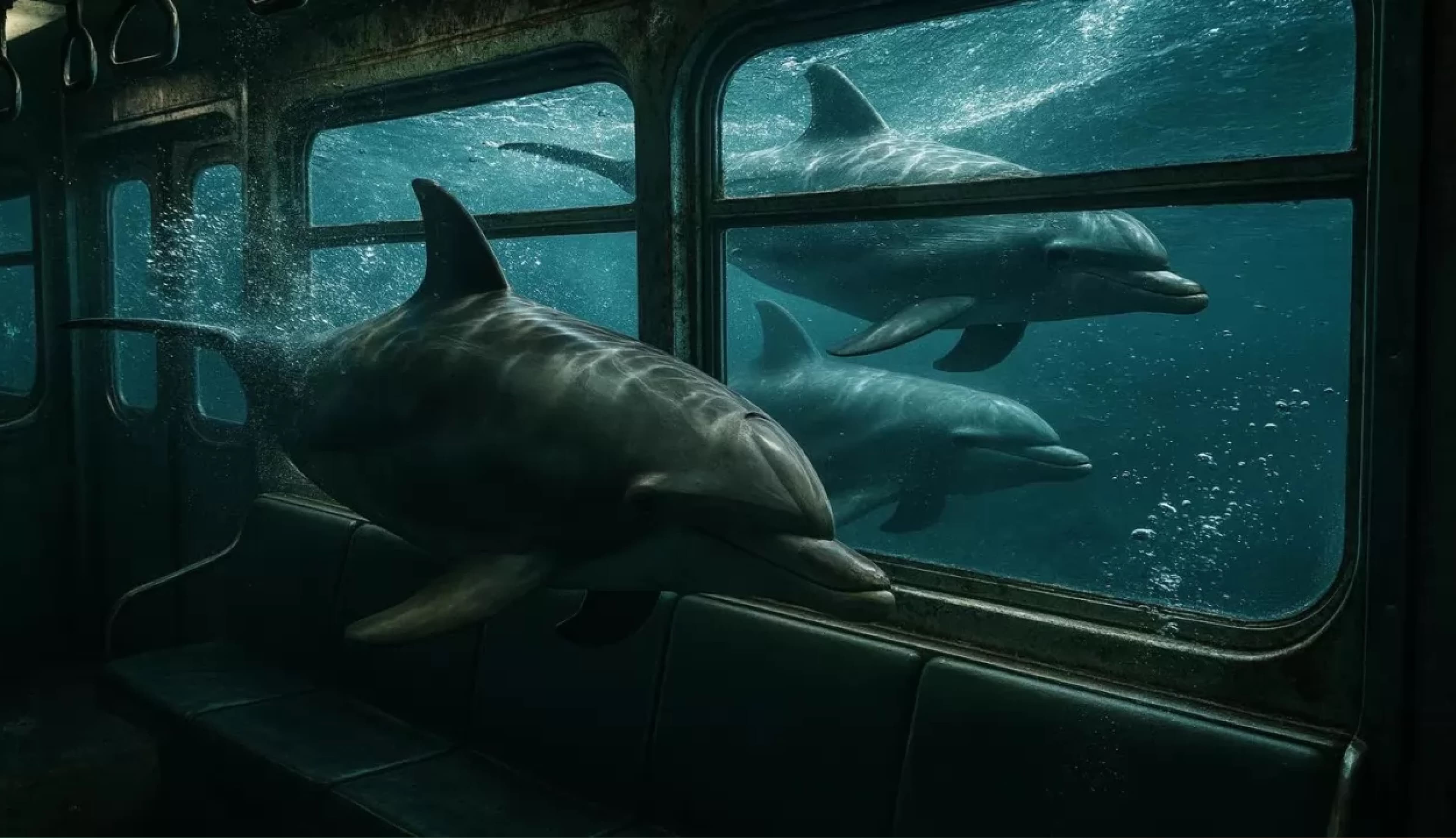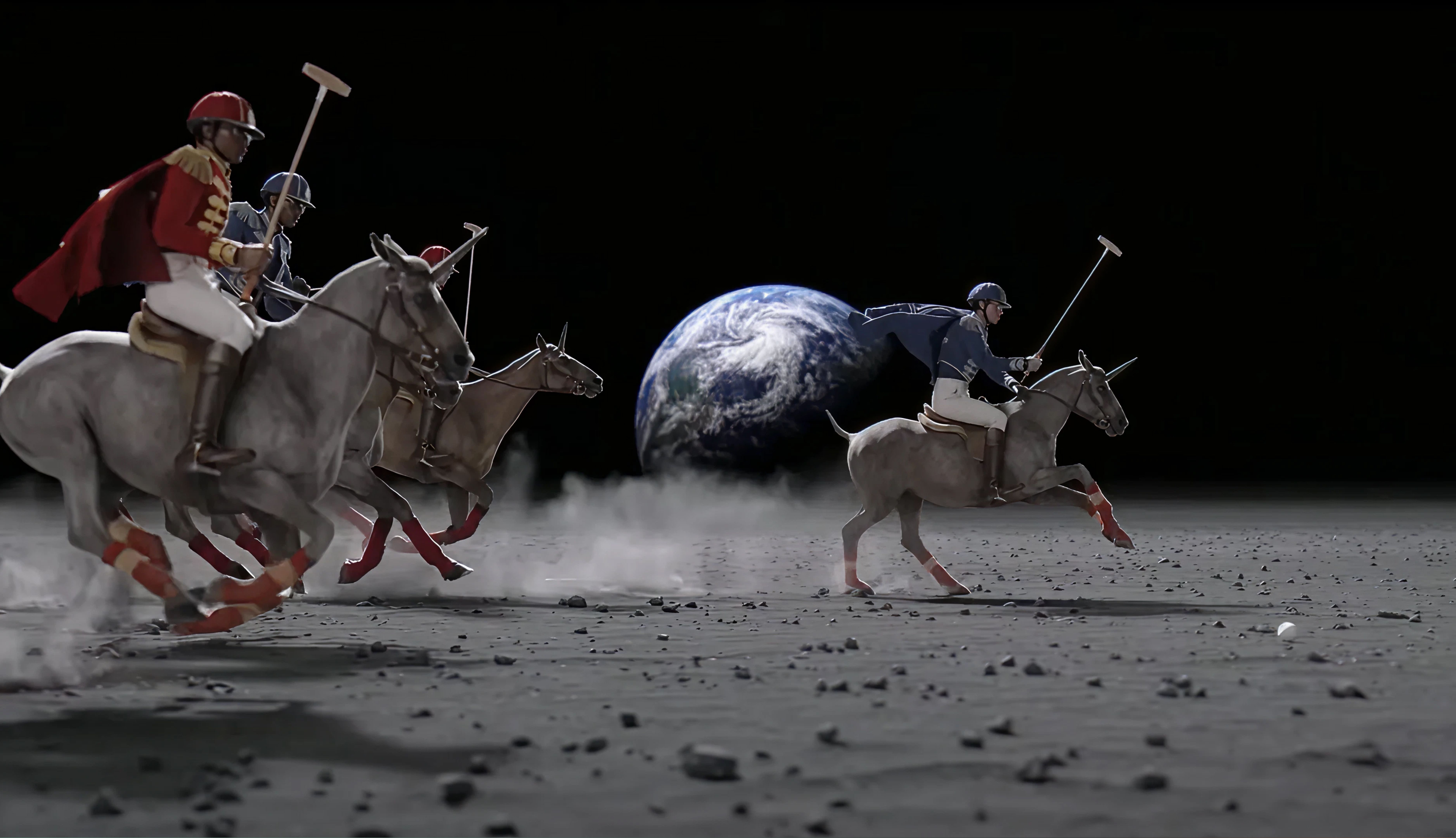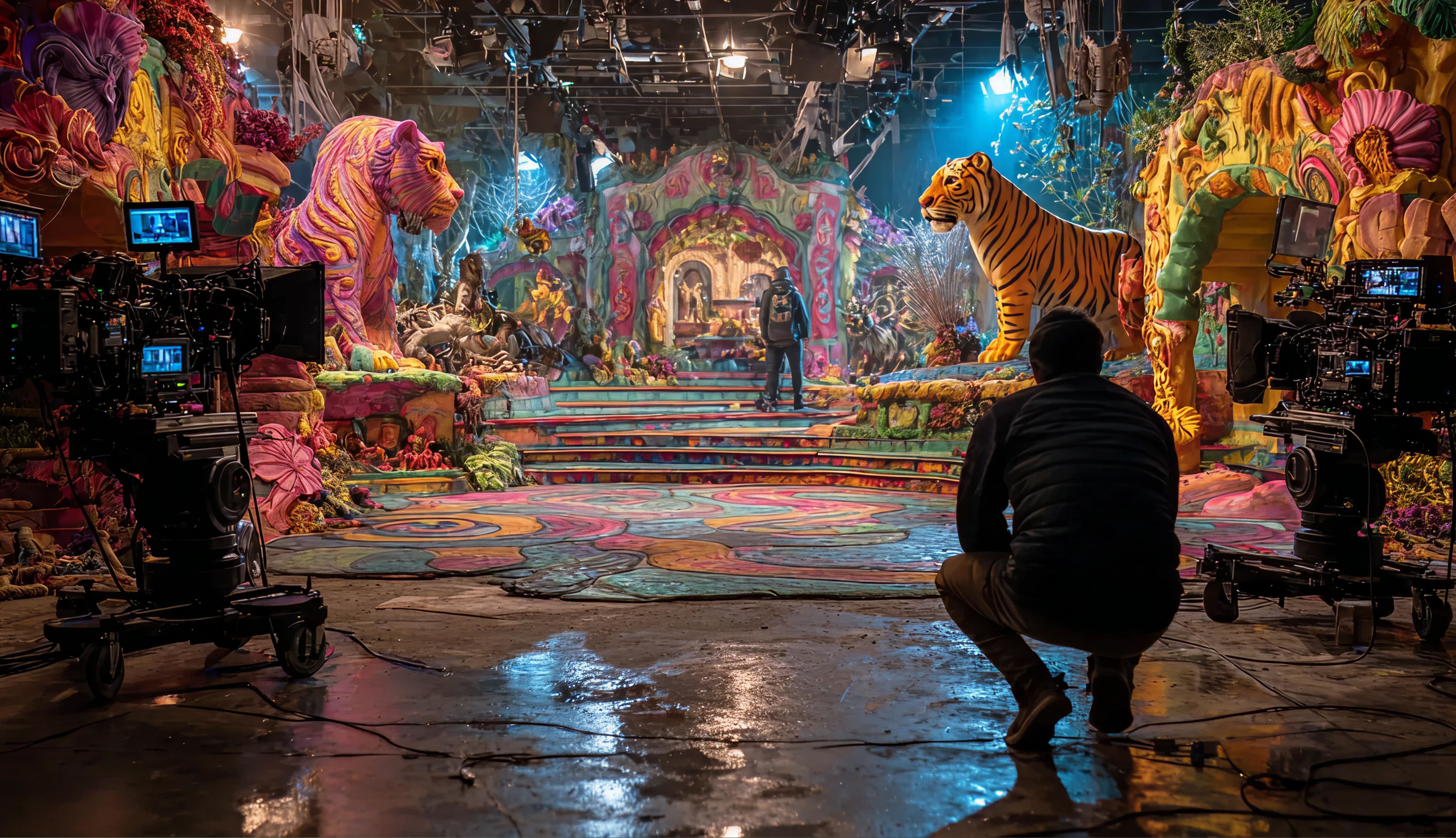OpenAI’s Sora 2 redefines AI creativity: realism, sound, and unlimited imagination in a groundbreaking engine.

The launch of Sora 2 represents a turning point in the recent history of artificial intelligence applied to digital creativity. OpenAI presents it as an unprecedented imagination engine, capable of merging sound, advanced physics, and hyper-realistic motion into AI-generated scenarios with a naturalness that until recently seemed unattainable. This new generation not only redefines how audiovisual content is produced and consumed, but also ushers in an era where imagination and technological innovation converge to unlock infinite possibilities. From film production and immersive marketing to education and corporate communication, Sora 2 drives a profound shift that blends productivity, creativity, and collaboration into a single experience.
One year ago, Sora 1 surprised the world by redefining what was possible with moving images generated by artificial intelligence. Today, Sora 2 marks a qualitative leap forward and arrives integrated into the new Sora App, introduced by OpenAI as the most powerful imagination engine built to date.
Among its main innovations is the integration of sound in every video, enabling a complete and coherent audiovisual experience. In addition, Sora 2 sets a new standard in motion realism, physics, and body mechanics, achieving a level of detail that enhances the naturalness of generated scenes.
Another major feature is the introduction of Cameo, a function that allows users to step into any AI-created world or scene, and even appear in content generated by friends, expanding the possibilities of collaboration and shared creativity.
OpenAI emphasizes that the advances in Sora 2 are not limited to productivity: they also aim to encourage creativity, experimentation, and joy in the creative process. With these improvements, Sora 2 not only extends the technical boundaries of AI-driven audiovisual generation, but also redefines how people can imagine and build digital experiences.

One of the most notable innovations in Sora 2 is the incorporation of sound in every generated video, transforming the experience of creating and consuming content. Unlike its previous version, productions no longer require external editing tools to add music, dialogue, or effects, as the audio is now generated and automatically synchronized with the visuals.
This advancement makes Sora 2 a tool capable of delivering complete audiovisual narratives from start to finish, expanding the range of possibilities for those seeking to tell more immersive and dynamic stories. With integrated sound, creators have an immediate resource to experiment with new forms of expression, where image and audio evolve together in a single creative flow.
The inclusion of this capability not only raises the level of realism but also marks an important step toward AI-generated experiences that approach the standards of film, animation, and interactive media. In this sense, sound is not merely an accessory but a central element that enriches the emotion, atmosphere, and credibility of each scene.
Another of the most significant advances in Sora 2 lies in its ability to represent motion, physics, and body biomechanics with an unprecedented level of precision in AI-generated video. This improvement results in scenes that are far more natural, coherent, and fluid, where gestures, interactions, and character movements reflect patterns much closer to reality.
The integration of a deeper understanding of environmental physics allows elements within each video—ranging from the movement of water or the fall of objects to the dynamics of light and shadows—to blend in with greater plausibility. In doing so, Sora 2 sets a new benchmark for AI-generated audiovisual realism, reducing the inconsistencies that previously limited the credibility of generated scenes.
This qualitative leap opens a wide range of applications that extend beyond entertainment. In film and animation, Sora 2 becomes a valuable tool for sequence pre-visualization and experimental content creation. In gaming and immersive experiences, it enhances the development of interactive environments that respond in a more organic way. And in the field of education, it enables the design of more accurate and useful visual simulations for learning processes and specialized training.
With these improvements, OpenAI demonstrates that Sora 2 not only raises the technical standards of digital creation but also expands AI’s ability to recreate the physical world with a level of fidelity that enriches imagination and innovation across multiple industries.

With the arrival of Cameo, Sora 2 introduces a feature that redefines how people interact with AI-generated worlds. This tool allows users to integrate themselves directly into any generated scenario, becoming protagonists of visual experiences that they could previously only observe from the outside.
The ability to see oneself represented in these environments opens a new level of immersion and personalization, where each individual can explore fantastical worlds, realistic settings, or even impossible situations from their own perspective. Moreover, Cameo is not limited to individual experiences: users can share their creations with friends, who in turn have the option to join and collaborate in building new collective stories.
In this way, Cameo becomes a space for shared creativity, where imagination merges with social interaction. Collaboration within AI-generated worlds multiplies the possibilities for creating narrative content, educational projects, or even new forms of social entertainment.
With this innovation, OpenAI is not merely adding an attractive feature—it is paving the way for a model of participatory audiovisual creation, where technology ceases to be just a generator of images and instead becomes a medium that integrates, connects, and amplifies human creativity collectively.

Sora 2 is not a tool limited to the worlds of cinema or the arts: its reach extends across multiple sectors where the combination of realism, sound, and AI-generated visual storytelling can transform processes and experiences.
In the field of education, it opens the door to designing immersive visual simulations that make complex learning more accessible through interactive experiences. Students and professionals can visualize scientific phenomena, recreate historical contexts, or explore environments that would otherwise be difficult to access in real life, thereby enhancing understanding and knowledge retention.
In the marketing and advertising sector, Sora 2 provides a powerful way to create high-impact personalized campaigns. Its ability to generate complete audiovisual content, with realism and integrated sound, enables brands to deliver more authentic and emotionally resonant messages, reaching audiences with unique narratives tailored to different contexts.
In the realm of gaming and virtual reality, its potential is even more disruptive. Thanks to its advancements in physics and motion realism, Sora 2 can bring to life instant playable environments, where user interaction is enriched by dynamic and coherent scenarios. This accelerates prototyping, experience design, and the creation of interactive worlds.
For businesses, the technology can elevate corporate communication through more engaging and innovative audiovisual content, ranging from executive presentations to internal training materials. The ability to produce narrative videos with professional quality democratizes access to tools that were once reserved for large production studios.
Beyond the benefits of productivity and efficiency, OpenAI emphasizes that the true value of Sora 2 lies in its ability to unleash creativity and joy in the creative process, encouraging technology not only to optimize, but also to inspire and connect people.
The capabilities of Sora 2 find immediate applications across different sectors, demonstrating that it is not just a technological breakthrough, but a tool with practical impact on how we create, communicate, and learn.
In the ecosystem of creative startups, Sora 2 becomes a key resource for producing videos in a matter of seconds, enabling small teams to achieve a level of quality previously reserved for high-budget studios. This accelerates idea validation, concept prototyping, and the production of materials to capture the attention of investors or digital audiences.
In the film and animation industry, the tool streamlines scene previsualizations, allowing directors and producers to experiment with different angles, environments, and narratives without the need to invest significant resources in early-stage shoots. This rapid iteration capability enhances creative decision-making and optimizes production timelines.
For marketing agencies, Sora 2 offers a direct path to optimize costs and speed up campaign creation. Thanks to audiovisual generation with integrated sound and advanced realism, it becomes possible to produce more personalized advertising pieces, tailored to specific audience segments while reinforcing the emotional impact of each message.
In the field of scientific and medical education, hyper-realistic simulations represent a transformative opportunity. Teachers, researchers, and healthcare professionals can recreate biological phenomena, chemical processes, or clinical procedures with a level of detail that improves understanding and practical training, reducing risks and increasing learning effectiveness.
Taken together, these examples show how Sora 2 positions itself as a cross-sector platform, with applications ranging from entertainment and creative communication to professional training and business innovation, solidifying its role as one of the most influential advancements in AI-driven digital creation.

Artificial General Intelligence (AGI) is defined as a type of artificial intelligence capable of understanding, learning, and applying knowledge flexibly across a wide range of tasks, much like a human being. Unlike specialized AI systems—trained to solve specific problems such as translating languages, classifying images, or generating text—AGI aspires to a level of autonomy and adaptability in which the machine not only responds to instructions but can also reason, create, and collaborate across different contexts.
The launch of Sora 2 can be interpreted as a meaningful step in that direction. By combining integrated sound, physical realism, and creative capacity in the generation of audiovisual worlds, this technology demonstrates progress in abilities that go beyond simple task automation. It is not just about producing convincing images or videos, but about delivering complete narrative experiences that integrate multiple dimensions of human perception.
OpenAI emphasizes that this development is not solely about boosting productivity, but also about fostering creativity, experimentation, and joy in the creative process. This perspective aligns with the idea that AGI will not merely be an engine of efficiency, but also an intelligence capable of accompanying and inspiring humans in imaginative and collaborative processes.
In this sense, Sora 2 serves as a reference point on the path toward AGI, showing how artificial intelligence is beginning to approach broader, more human-like competencies: creating with coherence, adapting to diverse scenarios, and generating experiences that spark emotion, connection, and new forms of digital expression.
In a context where creativity and productivity converge, Meetlabs supports companies seeking to integrate AI into their processes. Its solutions range from intelligent agents, NLP, and generative platforms to digital transformation consulting and blockchain.
Examples of impact include:
Meetlabs enables organizations not only to adopt new technologies but to lead the digital transformation.
The launch of Sora 2 confirms that artificial intelligence is no longer just a technical support tool but is becoming a true engine of creativity and digital transformation. With the integration of sound, advanced physics, and realistic motion, OpenAI redefines the limits of what is possible in audiovisual generation, opening a horizon where human imagination finds a powerful ally in AI.
At the same time, this breakthrough raises a strategic question for businesses: how can these innovations be integrated into their own models? This is where Meetlabs positions itself as a key partner, offering solutions in AI, technology development, and digital transformation that enable organizations not only to adopt these technologies but also to leverage them to innovate, grow, and differentiate in increasingly competitive markets.
Thus, while OpenAI pushes the technological frontier with Sora 2, Meetlabs translates that potential into practical and scalable strategies, helping companies accelerate productivity, improve customer experience, and multiply their capacity to create new realities. The future of artificial intelligence will not only be more efficient but also more collaborative, creative, and transformative.